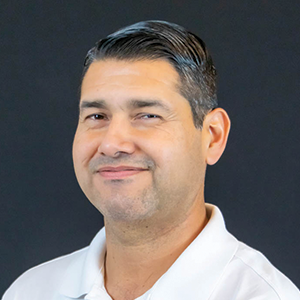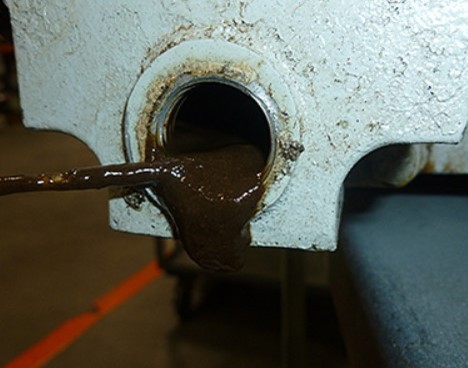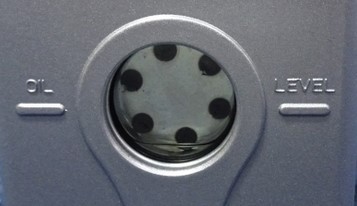How to Program an NFC Control Board
When replacing a control board equipped with Near Field Communication (NFC) capabilities, it’s critical to ensure that the new board

Most technicians are aware of the importance of changing the oil in your vacuum pump regularly. However, if you aren’t, this article will explore and explain the consequences of neglecting that service.
On severely contaminated vacuum pumps, one of the easiest ways to spot if your pump needs a good cleaning is to look at the sight glass. If the oil looks milky, rusty, or full of debris, then the inside of the pump is in worse shape.

If your pump is not damaged or it has been a while since you changed the oil in it, there is still hope that you can restore the pump to its original operating efficiency.
One of the most common methods is known as “flushing.” This process is outlined below
Step 1: Always drain pump before flushing. If the oil is badly contaminated, you may need to do this multiple times.
Step 2: Slowly pour 1/3 to 1/2 cup of Vacuum pump oil into the intake connection while the pump is running. The oil will quickly pass through the pumping chamber washing out contaminants.
Step 3: Repeat as required until contamination is removed from oil reservoir, pump rotors, vanes and housing.
Step 4: When the pump has finished draining, close drain valve on pump and fill to the oil level line. Remember to dispose of the oil properly.
As you can see, the advantage of this extended flushing technique is that all the internal parts of the module are cleansed of contaminants.
When adding oil to the vacuum, do it slowly until level rises to the oil level indicator. Most manufacturers have an indicator.
If the oil level is too low, you will hear air coming out of the exhaust. If the oil level is too high, excess oil will be blown out of the exhaust.


Below, you can find valuable pump information from a manufacturer.
“Vacuum pump oil is one of the most rigorously used oils, and it’s used in a tough environment,” Vacuum pumps are designed to remove moisture, air, as well as contaminants from the system. The accumulation of contaminants in the vacuum pump oil is normal. Because of this, it’s important to change the vacuum pump oil after each use.”
“The pump oil is like the life blood of the vacuum pump.” In addition to providing all the lubrication and sealing of the pumping components, it also collects all the moisture and contamination of the system. Check oil level through oil sight glass before each use. The main cause of vacuum pump failure is low oil levels and contaminated oil.”
“Because the vacuum pump oil holds the contaminants in suspension, they float around in the vacuum pump system. If you don’t remove them, they can significantly shorten the life of your vacuum pump, which is why you should change the oil every time, having to replace a vacuum pump can be a hefty expense – changing oil is a lot less expensive.”
“For best results, it is recommended that the pump runs for at least 15 minutes before changing the oil. “The reason for that is to get the moisture and contaminants floating around and suspended, rather than leave them laying at the bottom of the tank.

It is imperative to use good quality vacuum pump oil. You may be wondering where you can find vacuum pump oil? At any Mingledorff’s store! Ask any of the inside sales team members at the counter. We offer the top brands, including Uniweld, YellowJacket, Fieldpiece, JB Industries and Nu-Calgon.
The Mingledorff’s Technical Service Department also performs vacuum pump clinics at stores when they have Open House events and some Spring and Fall Service Update classes. Please stop by and let them change the oil in your vacuum pump for FREE!
Disclaimer: The technical statements, information and recommendations contained herein are believed to be accurate as of the date hereof, but Mingledorff’s does not make representations or warranties, express or implied, as to its accuracy, its completeness, or the results to be obtained. The information is being provided for informational purposes only and is intended for use by persons having adequate skill and expertise regarding the proper selection, use and application of the products and recommendations and at their own risk and discretion.
When replacing a control board equipped with Near Field Communication (NFC) capabilities, it’s critical to ensure that the new board
This article is in reference to residential HVAC equipment but can apply elsewhere. You would think that a broken wire
With the changing of the new refrigerant, new controls have been added for safety incase of a refrigerant leak, the